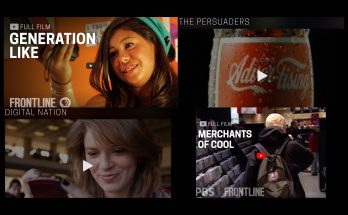“Why Generation Z falls for online misinformation”
MIT Technology Review, June 30, 2021
Opinion
by Jennifer Neda John
“We can all learn from how today’s young people evaluate truth online.”
A teenage girl peers gravely at the camera, the frame wobbling as she angles her phone at her face. A caption superimposed on her hoodie shares an ominous warning: If Joe Biden is elected president of the United States, “trumpies” will commit mass murder of LGBT individuals and people of color. A second caption announces, “this really is ww3.” That video was posted to TikTok on November 2, 2020, and liked more than 20,000 times. Around that time, dozens of other young people shared similar warnings across social media, and their posts drew hundreds of thousands of views, likes, and comments.
Clearly, the claims were false. Why, then, did so many members of Generation Z—a label applied to people aged roughly 9 to 24, who are presumably more digitally savvy than their predecessors—fall for such flagrant misinformation?
I’ve worked as a research assistant at the Stanford Internet Observatory since last summer, analyzing the spread of online misinformation. I’ve studied foreign influence campaigns on social media and examined how misinformation about the 2020 election and covid-19 vaccines went viral. And I’ve found that young people are more likely to believe and pass on misinformation if they feel a sense of common identity with the person who shared it in the first place.
Offline, when deciding whose claims should be trusted and whose should be ignored or doubted, teenagers are likely to draw on the context that their communities provide. Social connections and individual reputations developed through years of shared experiences inform which family members, friends, and classmates teenagers rely on to form their opinions and receive updates on events. In this setting, a community’s collective knowledge about whom to trust on which topics contributes more to credibility than the identity of the person making a claim, even if that identity is one the young person shares.
Social media, however, promotes credibility based on identity rather than community. And when trust is built on identity, authority shifts to influencers. Thanks to looking and sounding like their followers, influencers become trusted messengers on topics in which they have no expertise. According to a survey from Common Sense Media, 60% of teenagers who use YouTube to follow current events turn to influencers rather than news organizations. Creators who have built credibility see their claims elevated to the status of facts while subject matter experts struggle to gain traction.
About the Author:
Jennifer Neda John is a sophomore at Stanford University majoring in human biology. She researches online misinformation at the Stanford Internet Observatory.






